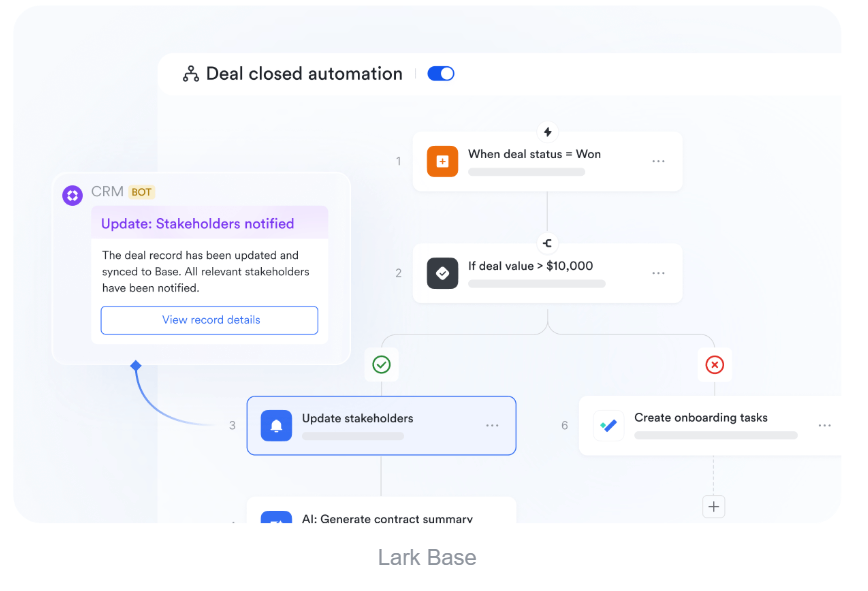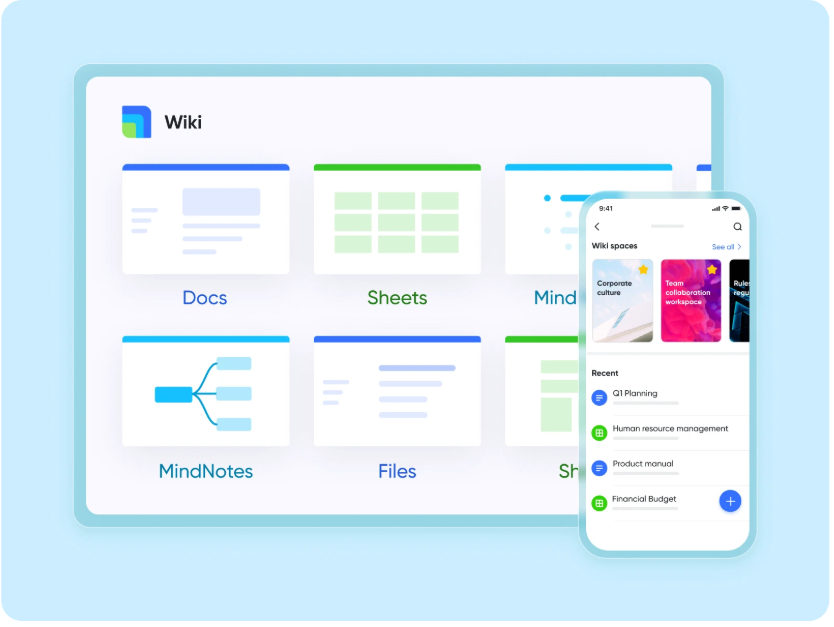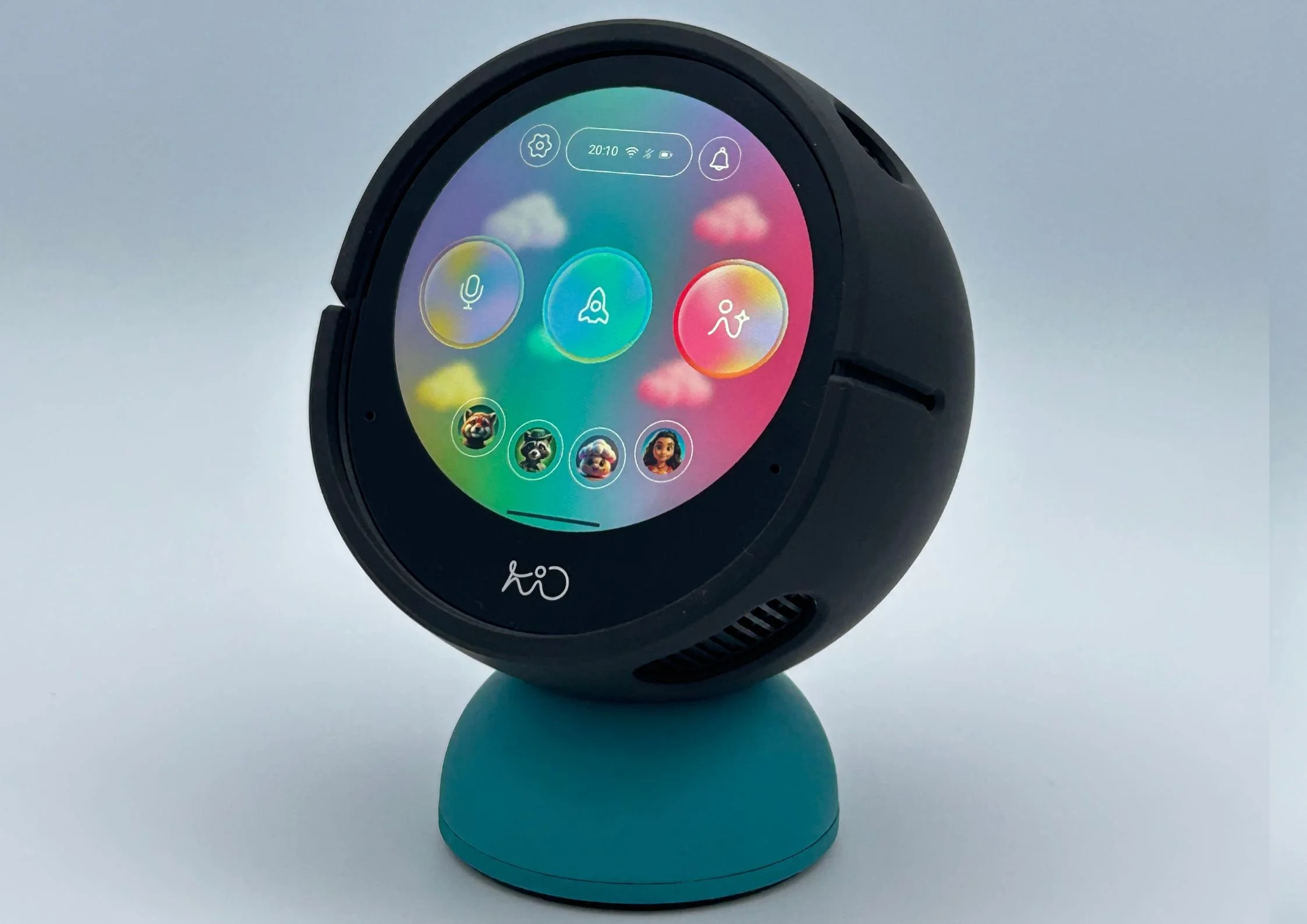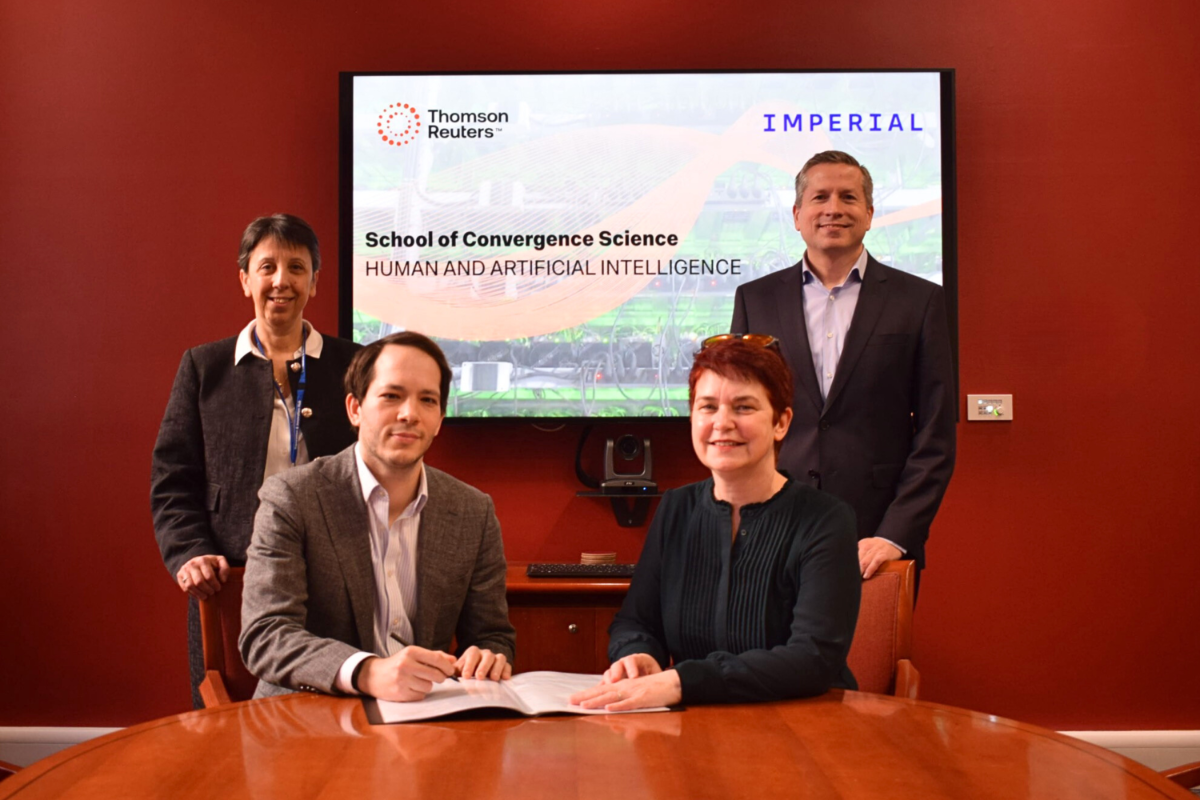The rise of async communication and how to master it
Teams are changing the way they talk to each other. Meetings and live chats are still important, but more and more companies are using asynchronous communication, which implies that not everyone has to be on the same page at the same time.
This transformation is happening because teams are working from far away, timetables are mixed up, and people want to have fewer meetings. With async work, employees may think about their contributions, review them on their own time, and yet be on the same page without having to answer immediately away.
To help make this transition happen, companies are using project management tools that put messaging, scheduling, and documentation all in one digital place. Sending messages is not the only thing that async communication is good for. It's also about making sure that everyone can get information, choices, and resources without losing focus.
Lark Base: Turning async updates into reliable context
Asynchronous collaboration only works when information is accessible at any time, not just during live conversations. Lark Base provides a shared space where project details, customer records, and team updates are organized and easy to retrieve across time zones. Via Lark Base, you can eaisly construct a project management hub, an instant CRM app, or an automated data hub, ensuring work continues smoothly no matter when teammates contribute.
Within Base, employees log changes, assign tasks, and track progress so that decisions and feedback remain visible long after they’re shared. Dashboards give leaders a clear snapshot of project health, while team members can dive deeper with filters and tags when needed. By keeping context stable and eliminating reliance on real-time updates, Base makes asynchronous communication both efficient and dependable.
Lark Messenger: Async dialogue without the noise
People often think of Messenger as a method to chat with each other in real time, but it's just as good for talking to each other later. Employees can email files, write messages, and tag coworkers, and they know that the coworkers will respond when they can. Lark Messenger helps individuals work together in a calmer way by not transmitting quick pings that interrupt tasks.
Some of the tools that assist keep things clear, even when people take a long time to react, include pinned messages, file attachments, and voice notes. You can build up group conversations for various projects to cut down on noise and keep all the updates in one place. Messenger makes sure that async conversations are more than just passive exchanges by linking chats to tasks or Base records.
Lark Calendar: Structuring the balance between sync and async
No more meetings doesn't mean no more meetings; it just means using them better. Lark Calendar helps teams achieve the appropriate balance by scheduling fewer live sessions that are more focused. Automatic time zone conversion makes sure that everyone on a worldwide team is included, and reminders keep everyone on track.
You can also set up repeating checkpoints in Calendar, which keeps feedback loops going without having to sync every day. Event attachments go straight to Docs or Base records, so employees who couldn't attend live sessions can still see the docs afterward. Calendar provides a vital link between workflows that happen at different times and the areas where they need to be synced.
Lark Tasks: Driving async accountability
One issue with communicating asynchronously is that updates can seem like they don't require any action if they don't lead to any. Lark Tasks solves this problem by giving each task a due date and an owner, which makes it clear what has to be done. In an async-first workflow, tasks tell workers what to do next, so they don't have to meet to figure it out.
An automated workflow can help teams by giving them regular tasks, keeping track of their progress, and sending reminders without the need for manual follow-up. Keeping track of progress ensuring that everyone knows what has to be done, even if they are all working at different times. This makes async work more reliable and less dependent on regular check-ins.
Lark Docs: Capturing async collaboration in real time
For async communication to work, there needs to be shared documentation that workers can look at and edit when they have time. Lark Docs enables teams to work on proposals, strategies, and feedback documents collaboratively without everyone having to be in the file at the same time. Version history shows how the input turned into the final draft, which makes things clear.
Adding comments to a document makes it easy to give feedback without disrupting coworkers, and making tasks ensuring that ideas are put into action. Docs get rid of the necessity for long email chains or continuous updates on the status of things. They give workers a single place to work together without losing focus.
Lark Wiki: Building a living async knowledge base
When it's easy to find and write down information, async communication works well. Lark Wiki is a great location to store policies, FAQs, and best practices so that employees can readily locate the information they need. Teams can point to Wiki sites that give clear directions instead of repeating the same responses over and over again in conversation.
Over time, Wiki builds up a library of institutional knowledge that makes it easier to teach new employees, onboard them, and fix problems. Collaborative editing keeps it current, and tying Wiki pages to Messenger or Base records makes it simple to discover what you need while you work. This changes short-term messages with updates and comments into long-term resources.
Conclusion
Asynchronous communication is no longer a backup plan; it's increasingly the way people work together these days. Base helps you organize your records, Messenger makes interactions calmer, Calendar keeps track of both synchronous and asynchronous times, Tasks makes sure everyone is accountable, Docs keeps track of updates from everyone, and Wiki keeps information alive. Lark helps businesses understand how to use asynchronous workflows.
Async communication cuts down on unnecessary meetings and interruptions, which provides employees more freedom to work on their own time while keeping everything clear and on track. This not only helps people solve problems faster and smarter, but it also helps them work at a healthier, more sustainable pace. In a world when teams are spread out and schedules are all over the world, it's no longer optional to learn how to use the right digital tools to interact asynchronously; it's critical.


























